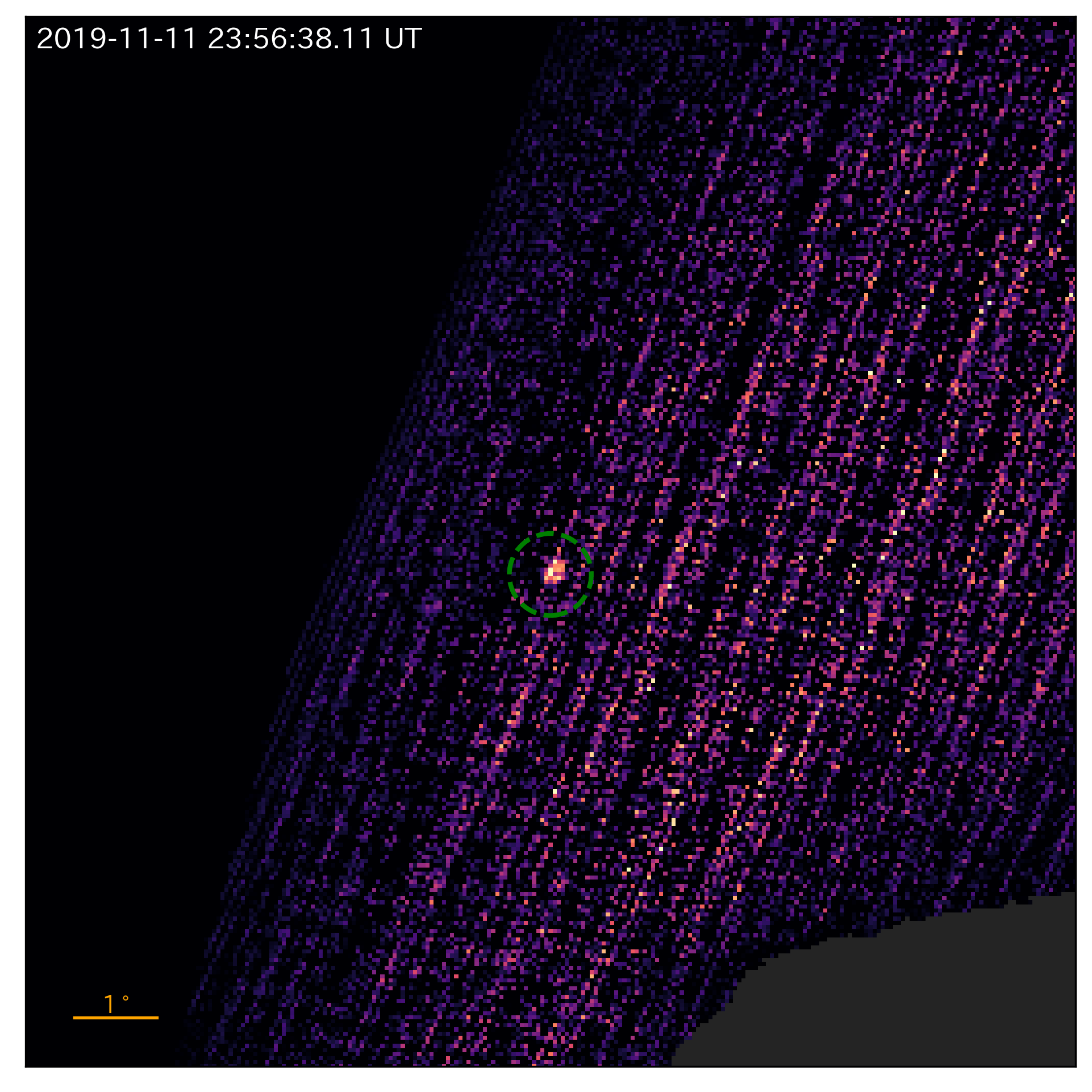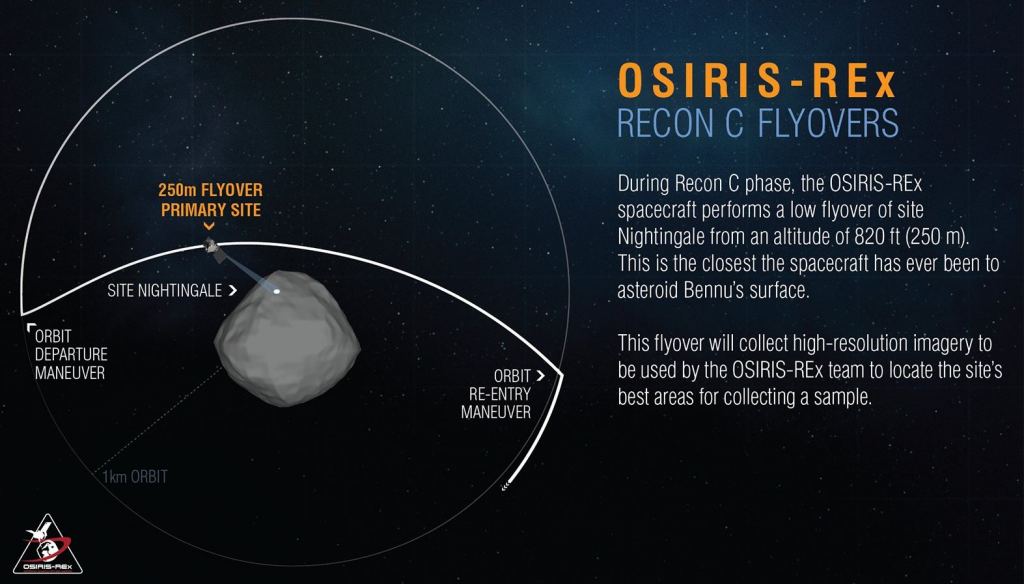While the OSIRIS-REx spacecraft was orbiting asteroid Bennu, one of the instruments on board happened to catch a glimpse of a black hole 'out of the corner of its eye,' so to speak.
While intently focusing on the asteroid, the Regolith X-Ray Imaging Spectrometer (REXIS) happened to catch the X-rays from a newly flaring stellar mass black hole. While the flare occurred 30 thousand light years away, the flash in distant space was visible just off the limb of asteroid Bennu, in the edge of the instrument's field of view.
REXIS is a student-built instrument designed to measure the X-rays that Bennu emits in response to incoming solar radiation. However, its main purpose is to prepare the next generation of scientists and engineers by giving them real, hands-on experience working on a space mission. As it turns out, the students got the best experience ever: finding something completely unanticipated.
"We set out to train students how to build and operate space instruments," said MIT professor Richard Binzel, instrument scientist for the REXIS student experiment. "It turns out, the greatest lesson is to always be open to discovering the unexpected."
The black hole detection occurred last fall, on Nov. 11, 2019, while REXIS was looking for possible X-rays emanating from the surface of Bennu. Instead, the instrument captured X-rays radiating from a point off the asteroid's edge.
"Our initial checks showed no previously cataloged object in that position in space," said Branden Allen, a Harvard research scientist and student supervisor who first spotted the source in the REXIS data.
The glow that showed up in REXIS' data turned out to be a newly flaring black hole X-ray binary. The flare was confirmed by Japan's MAXI telescope as well as NASA's Neutron Star Interior Composition Explorer (NICER) telescope, both on board the International Space Station.
The observations from all three instruments has an interesting side note: while MAXI and NICER detected the flare from low Earth orbit, REXIS, detected the same activity millions of miles (kms) from Earth while orbiting Bennu, and is the first such outburst ever detected from interplanetary space.
"Detecting this X-ray burst is a proud moment for the REXIS team. It means our instrument is performing as expected and to the level required of NASA science instruments," said Madeline Lambert, an MIT graduate student who designed the instrument's command sequences that serendipitously revealed the black hole.
X-rays can only be observed from space since our planet's atmosphere shields us (and instruments) on Earth from X-rays originating from space. The X-ray emissions detected by REXIS occurred when the black hole pulled in matter from an normal star orbiting around it. As the matter spirals onto a spinning disk surrounding the black hole, an enormous amount of energy (primarily in the form of X-rays) is released in the process.
REXIS is about the size of a shoebox and is a collaborative experiment led by students and researchers at MIT and Harvard, who proposed, built, and operate the instrument.
Meanwhile at asteroid Bennu, today OSIRIS-Rex will be making a low-altitude flyover of site dubbed as Nightingale, which was chosen as the best site for the spacecraft's sample return operations, scheduled to take place in August 2020. Nightingale is located in a crater high in Bennu's northern hemisphere.
Today's observations will take place from an orbital distance of 820 ft (250 m), with the goal of collecting high-resolution imagery of the site so that the team can locate the best areas for collecting a sample.
Read more about the OSIRIS-REx mission here.
More information about REXIS and the students' black hole detection can be found here.
 Universe Today
Universe Today


